|
This article was republished from the Ritmico Journal of IRMTNZ in August. Thanks Ruth for such a positive review of my presentation earlier on this year! "At Conference 2019, Melody Deng, gave a Analysis involves the student learning the basics of a piece, then at a later lesson listening to Melody play it, before working out ‘characters’ via phrases, dynamics and articulation. Initially students need considerable assistance, but they soon get into the swing of imagining, for instance: their heroes (loud dynamics, major key); an enchanted forest or sandy beach (major key, soft dynamics); a wicked witch (modulation to a minor key with loud dynamics). Interrupted cadences can provide comic relief, while modulations add drama to a piece. Interpreting the music through storytelling is fun and quickly understood.
Her belief that sonatinas offer excellent training for technique, passage playing, phrasing, form analysis and a pathway to harder repertoire, is not always met with enthusiasm by her students! However, Melody noted that sonatinas do not generally have imaginative titles – indeed, often no title at all beyond Sonatina, so she reasoned this means they are open for interpretation, aka storytelling. The presentation was well accompanied by video and audio recordings of a few of Melody’s pupils demonstrating the process. Melody also gave examples at the piano of how she shows students that the left-hand accompaniment can give an idea of the activity e.g. the steady pulse of Alberti Bass is like walking or riding in a carriage. The goal is that, in time, students become autonomous at analysis and interpretation, transforming music into their personal storytelling journey, and eventually extending this method to other genres and longer pieces e.g. sonatas. Melody shared a ‘cheat sheet’ with us that helps students create narratives and characters in a sonatina or sonata. We were invited to visit her website - www.ecbpiano.com - for regular blog posts and resources on teaching through storytelling and other creative teaching ideas. Ruth Stilwell has her own piano/theory teaching business, The Noteworthy School of Music, in Cromwell. She particularly enjoys playing baroque, modern and show music. Ruth's students perform regularly at retirement villages and other concerts.
1 Comment
A creative approach to enhance expressive playing in elementary and intermediate students through story-tellingIt was a pleasure to present my second talk at the APPC last week. The art of teaching through story-telling has always captivated me. In instrumental pedagogy, this is by no means a groundbreaking idea, and throughout my own lessons at the university of Auckland with teachers such as Rae de Lisle, Stephen de Pledge and Sarah Watkins, I observed this strategy being used to help students even at a tertiary level. So it is definitely a teaching tool that is used widely. In 2015 I completed a Master's degree in Piano Pedagogy. My research was based on how to foster musical expressiveness in a student’s playing. I discovered many interesting facets surrounding this topic, and one of them I am really fascinated in, is the use of story-telling in the lessons to help the students understand and express music they are unfamiliar with. For this session, I wanted to focus on using storytelling techniques to help children learn music they are initially "uninterested" in. I feel that children have a nature inclination to be interested in the popular, jazz, and romantic genres, and after speaking to many teachers on this subject, the classical repertoire seem to be one of the most ignored genre of music, especially during the first few years of piano learning. One of the most memorable moments durying my research was when I interviewed NZ pianist and composer, Gillian Bibby. She has taught many accomplished Kiwi pianists and conversations with her are always so inspiring. When I asked her about when it is appropriate to bring in the stories she indicated that it can be used to polish a piece once all the notes have been learnt, and it is so important to have originality and creativity with the stories: “Particularly when the notes and technique has been done, we need the stories even more. You don’t just do this one loud and this one soft, that’s boring! But if this one is the witch going into the cave to meet the dragon, and in the repeat the dragon is curled up in a ball, saying hello to the witch. That is such an extraordinary image! That would make such a big difference in a piece of music! That was my story, and I would ask them, ‘'What is your story?’” – Gillian Bibby, on teaching expressivity. How adding a narrative can help The beauty of sonatinas and sonatas are that because the titles are all the same, we can help children interpret them into a story their imagination can fathom and discover. When they can do so, you can instantly see their eyes brightening up and faces starting to beam, as they find themselves suddenly able to bring to life a previously boring sounding passage because it is now a part of a meaningful story. When story telling is used effectively, it can greatly enhance the character of the piece because it can provide a reason for any dynamic/articulation changes. Often the imageries help with any technical training. When a child is able to come up with their own story, it allows autonomy in their learning by stimulating imagination and creativity, which is why we get really fast results that last. Finally, the best part is how much more they seem to enjoy the music. It can be really fun. I can honestly say, my students that have been taught their classical pieces in this way from the very beginning, all love learning and playing the classical repertoire as much as their romantic and jazz pieces. By involving storytelling in their learning they know they get to be just as creative and expressive with these pieces. How to use story-telling effectively in the lesson? According to the results of my research, as teachers we first need to understand which aspect of musical expression we would like the student to improve. Is it the dynamics? Articulation? Over-all character of the piece? So we need to have a really clear idea of the final result before we start with the student. We then need to associate that aspect of musical expression with a subjective experience the student can relate to. The binding ingredient is to give an auditory or visual representation of the final musical product. For example, with a fast piece full of chromatic staccatos we can say to the student, “Play as if you are trying to outrun an army of swarming wasps!” (which in my books is a pretty imaginative metaphor) but unless the students hear exactly how fast the piece is, how short the staccatos are supposed to be and know how to physically make these sounds... He or she is unlikely to consciously produce and reproduce the desired musical result. So the nuts and bolts of these musical components, should be taught by modelling. Examples of using story telling in the lesson
Here I wanted to give an example of how to use the "cheat-sheet" with Sonatina in C, by Kuhlau: So if we go to the cheat sheet – does the piece have a melodic line? Yes, and it is in major key. So let’s say to the student, imagine the beginning is Cinderella gracefully wondering through the forest, and the repeated quavers in the second bar are like when she sees her animal friends, and takes a few quick steps to go and greet them. Next, does the piece have a conventional accompaniment? Yes! The alberti bass represents her soft footsteps – if you play it too loud, Cinderella will sound more like the ugly step sister!
Here is a short video of my APPC talk on a couple more examples of using storytelling in the lessons So hopefully today I have given a snippet of what you can do with the stories, and it will encourage your students to learn more music, not necessarily limited to sonatinas and sonatas! We want to use stories to encourage imagination, creativity and connection with the music.
Our goal is that in time, students become autonomous at analysis and interpretation, transforming music into their personal storytelling journey. Happy teaching! Melody Deng Upcoming seminar on teaching intermediate to early advanced students through story telling If you live anywhere near Dunedin, New Zealand, I would love to invite you to join me in the IRMTNZ National Conference, from the 21st -25th, January 2019. I am superpsyched to be presenting in the upcoming IRMTNZ Conference on the 22nd of January, 2019, at 2.50pm. This time I want to share how to engage and motivate students to love… Sonatinas! Here is the title and description of my session: From Sonatina to Cinderella: enhancing expressive playing through story-telling Classical Sonatinas can be perceived by students as old-fashioned and dull. In this session, Melody will use the findings in her recent Master’s research to demonstrate how to incorporate story-telling, modelling and other pedagogical tools to help students engage with the Classical repertoire. She will show how to formulate seemingly unimaginative genres into animating fairy-tales or superhero chronicles, at the same time taking a holistic approach to developing technique, theory and musicianship. Intrigued? Read on to find out more! Any piano teacher of the 21st century would be well aware that Classical Sonatinas may not be the favourite genre of music to learn and play in your studio. There are always the exceptional few that love playing them as much as the next piece, but chances are, most students tend to learn them because “the teacher said I had to do it”, and the remaining few will defiantly avoid the genre at all cost. I once asked a 12 year old student why he didn’t learn the notes of a the new piece for that week, and he said, “I didn’t like the sound of it. It is really old- fashioned.”. Yep, you guessed it, the piece was a Sonatina. So why do some students perceive these mini classical gems as old- fashioned and dull? And is it possible to formulate these seemingly unimaginative genre of music into something kids find exciting to play? In this seminar I am here to explore some answers. First of all, I want to start by saying that I love the Classical Sonatinas and Sonatas. Out of all the genres in Western Classical Music, I just “get” the Classical pieces more than others. Maybe it is because I could always see myself fangirling Mozart if I lived in the 1800’s, or perhaps I just associate them with all the witty and handsome Austenian characters. I am definitely not impartial when it comes to the charm of the music of the Classical Period. Possibly it is my own biases, but I really do think that Sonatinas are indispensable pedagogical pieces for any budding pianists wanting improve their skills and musicianship. Below are just some of the benefits of learning and playing Sonatinas:
As a teacher, I really do not see how it is possible for students to advance smoothly to something like the Pathétique Sonata without having gone through at least two dozen Sonatinas and “entry level” Sonatas. So here are some of the reasons I thought of that might be hindering student’s enthusiasm towards these pieces, compared to the more “popular” genres:
Now, we cannot control what kids are exposed to outside of their piano lessons, but what we can do is to help kids relate to the music they initially find boring and difficult to understand, and turn them into something they can appreciate and love. The beauty of a Sonatina is that because the titles are all the same, we can help children interpret them into a narrative their imagination can fathom and discover. When they can do so, you can instantly see their eyes brightening up and faces starting to beam, as they find themselves suddenly able to bring to life, a previously monotonous scale passage because it is now a part of a meaningful story. Even the same piece of Sonatina can be tailored to suit each individual student.
In this upcoming seminar, I will demonstrate how I help students to create their own exclusive story lines to help them connect with the music, as well as tips on how to use storytelling to improve technique and enrich their theoretical knowledge. I will also include a “fool-proof” guide to help teachers find the most engaging narrative for individual students. Head to the conference website to register: https://www.ivvy.com.au/event/IRMT19/home-page.html A video of my seminar and handouts will be available on my website after the conference – look out for future updates on the blog! Melody |
AuthorThis blog post is by Melody Deng Archives
September 2020
Categories
All
|
|
©2019 East Coast Bays Piano Studio | All Rights Reserved
|

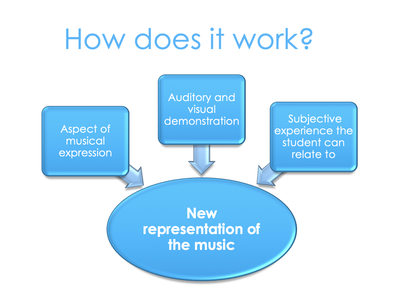
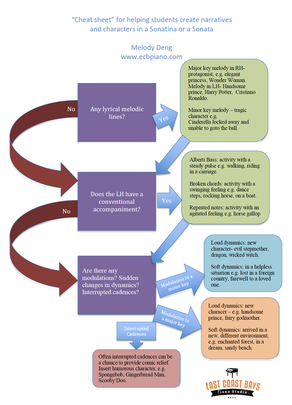
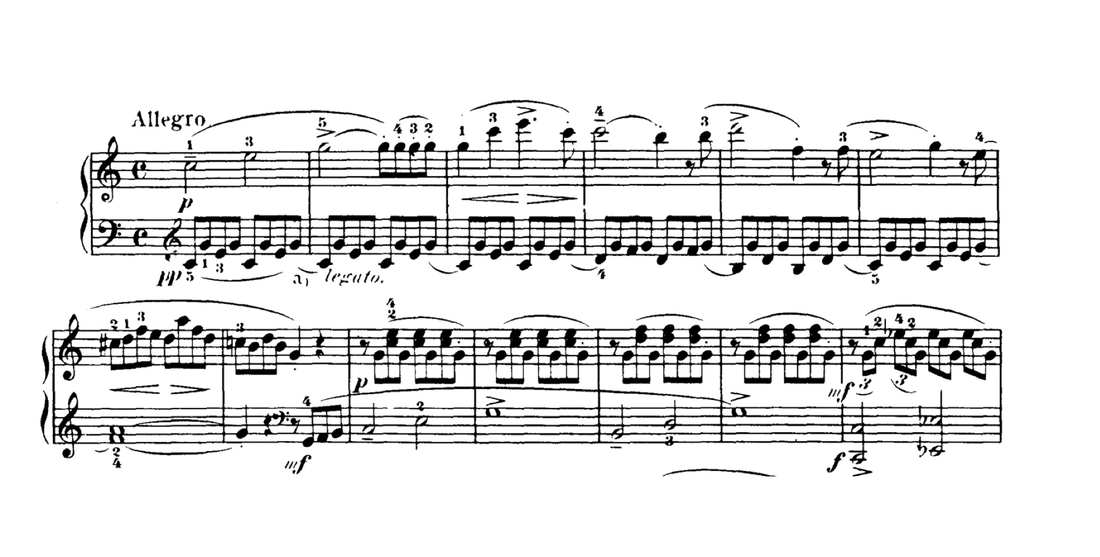
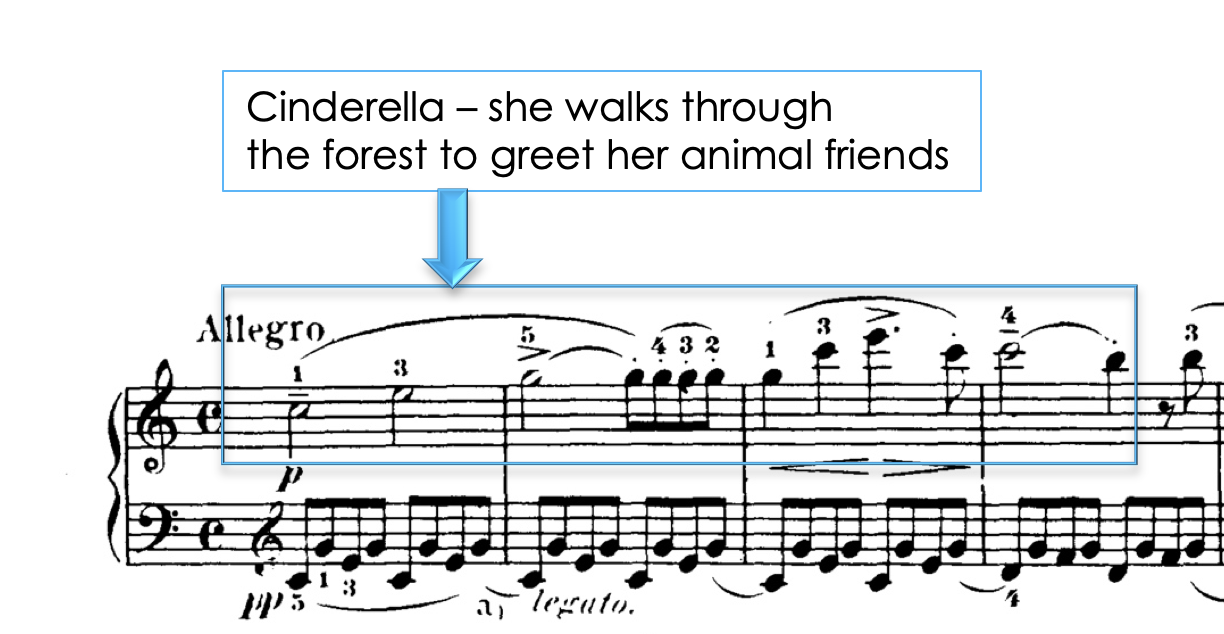
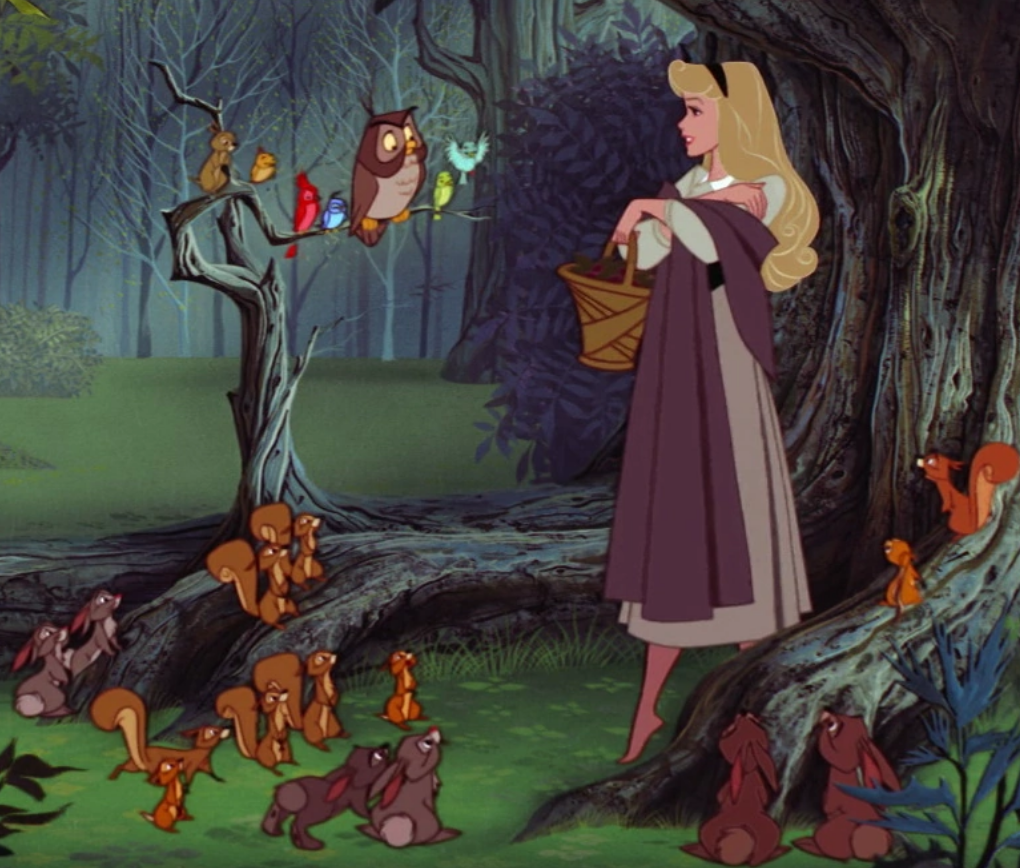

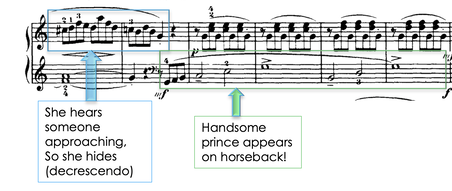
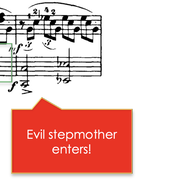

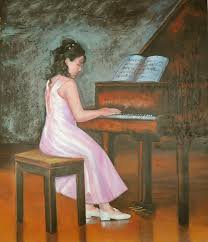

 RSS Feed
RSS Feed